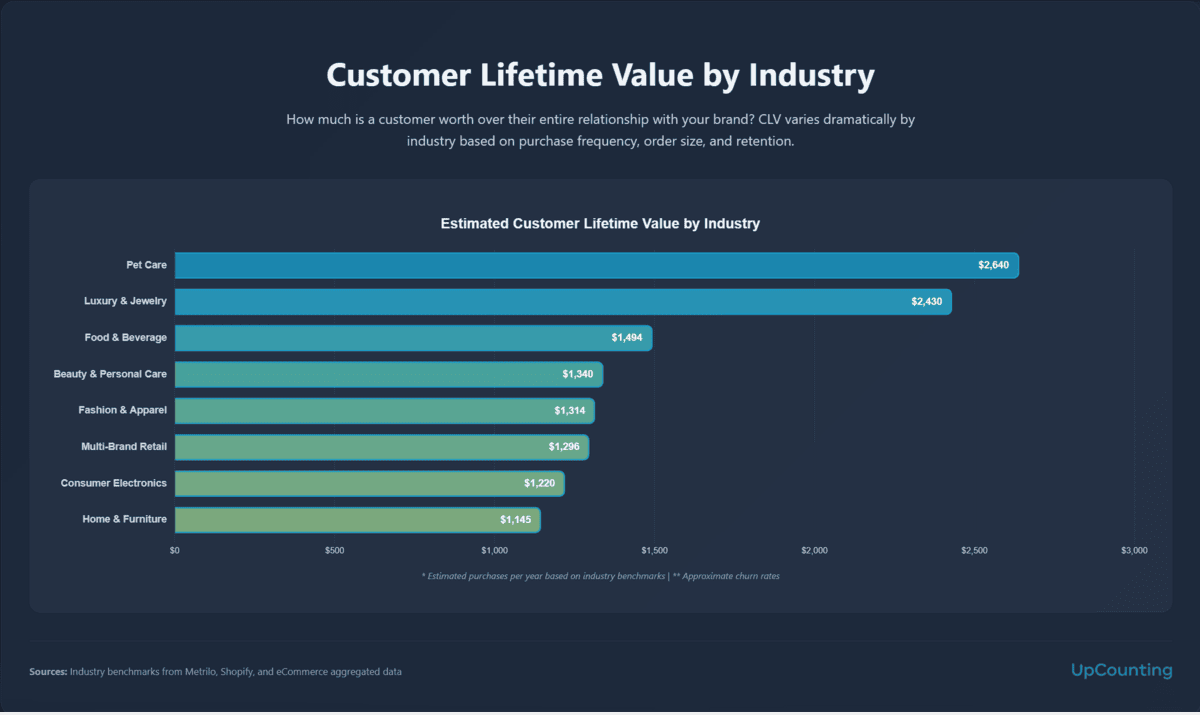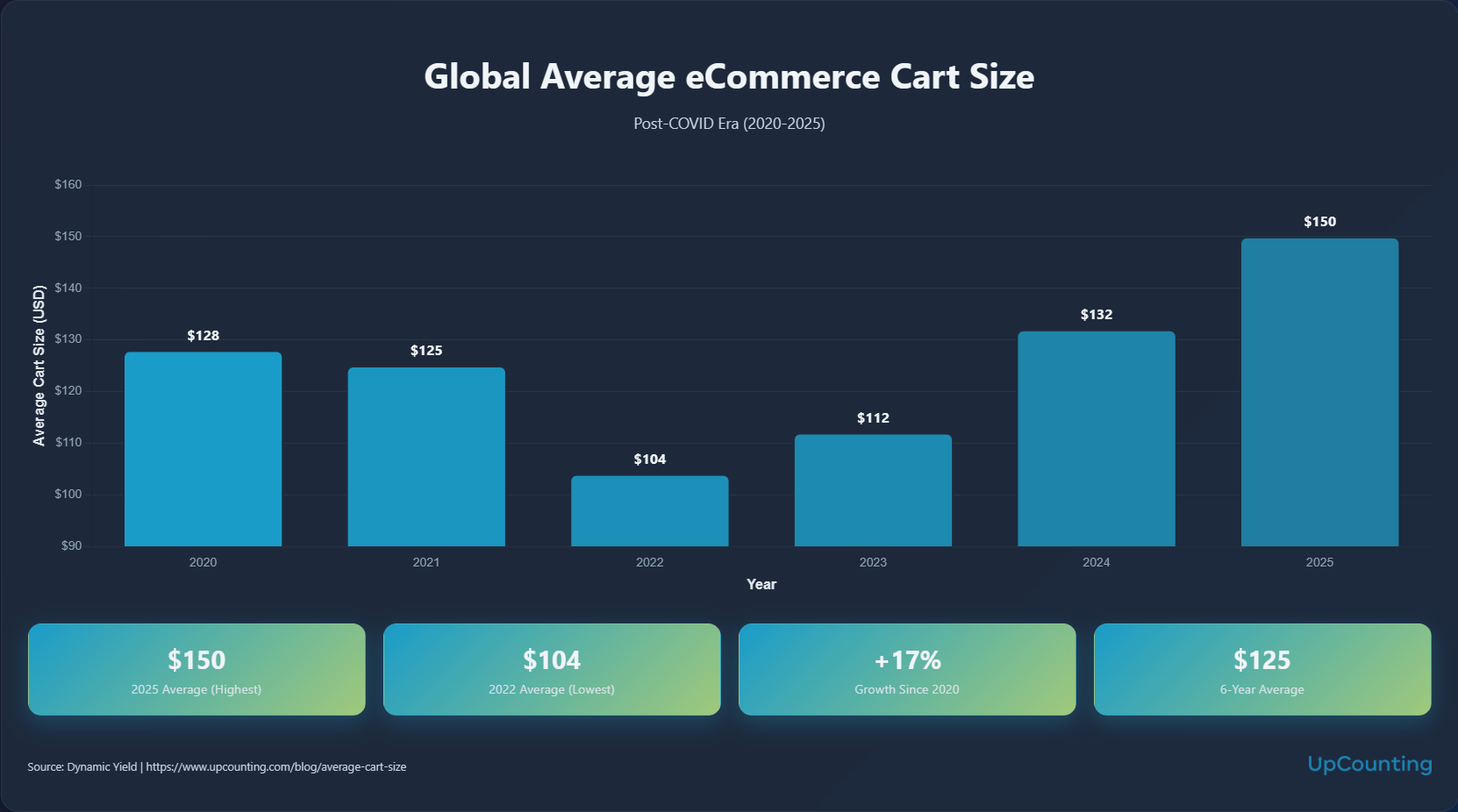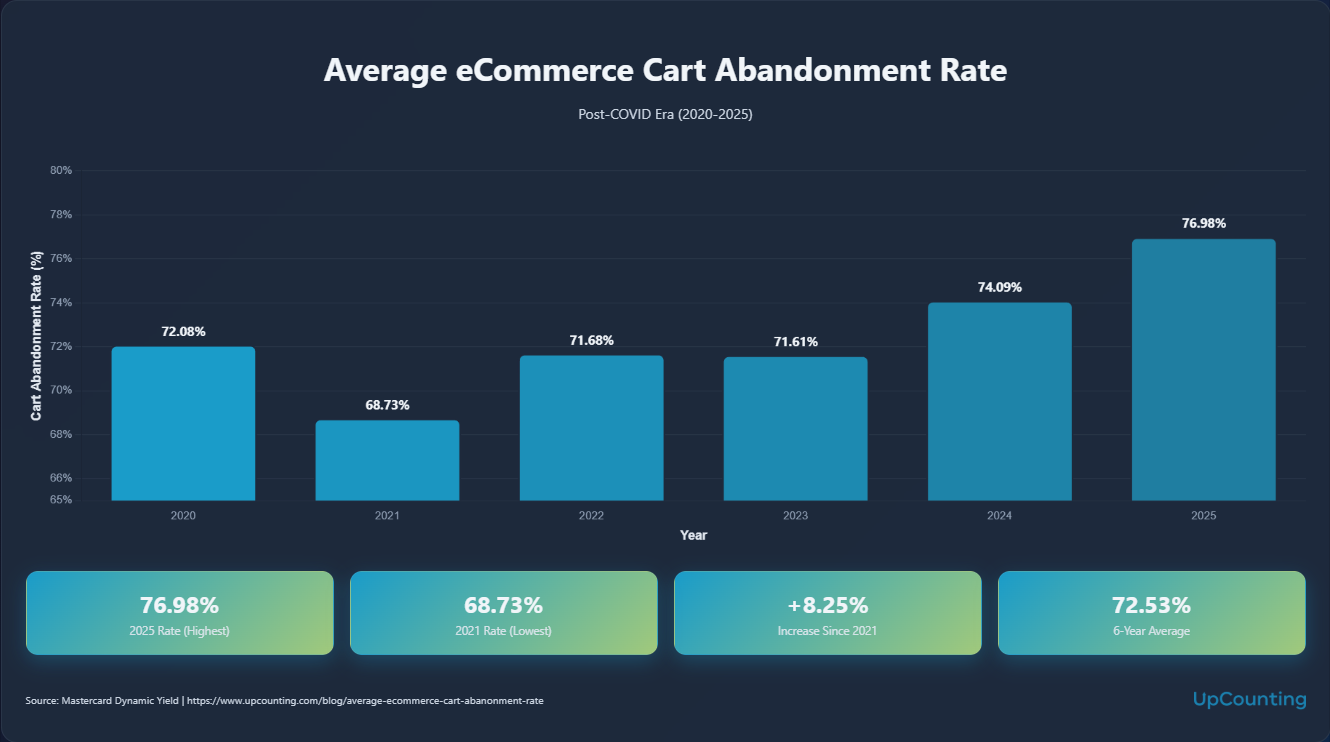If you're looking at ecommerce business models, you've probably come across dropshipping with its attractive "start for just $100!" pitch.
But ask yourself - if building a profitable business was that simple, wouldn't everyone be doing it?
Starting a real ecommerce business isn't like throwing up some dropshipping store overnight - it needs actual investment.
But here's the thing: the costs aren't as intimidating as you might think, and I'll break down exactly what you need, from the bare minimum to the "doing it right" level.
Think about it - if building a real, scalable brand was dirt cheap, everyone would be successful at it, right?
Instead of giving you some vague numbers or unrealistic promises, I'm going to walk you through three different scenarios:
- The bootstrap special (lowest possible investment)
- The smart start (average, balanced approach)
- The full commitment (highest recommended investment)
Cost Breakdown to Start an Online Store
The average cost to start an ecommerce store is around $3000 to $4000, and you can see the cost breakdown in the table below.
Now let’s break down each line item and consider the different scenarios.
1. Inventory Cost
Let's start with the backbone of your business - inventory. This is where most people either go too cheap or blow their entire budget, so pay attention.
Your first major cost is straightforward:
Product Cost × Minimum Order Quantity (MOQ)
If this is your first rodeo we recommend looking for products that cost less than $10 per unit to manufacture.
This isn't random - it's about maintaining healthy margins while keeping your initial investment manageable.
Let's break this down with real numbers:
- Average product cost: $5 per unit
- Recommended starting quantity: 300 units
- Total initial inventory investment: $1,500
"But wait," you might be thinking, "couldn't I start with less?"
Sure, you could go with the minimum 100 units some manufacturers offer.
But if your product shows real potential during research (and it better, or why are you even doing this?), you want enough inventory to actually make some noise in the market.
2. Shipping
You've got two options:
Air Freight:
- Roughly $10 per kilogram
- Faster but eats into your margins
Sea Shipping:
- $200-400 per CBM (cubic meter)
- For your first order, you're looking at about $350
This brings your total investment so far to $1,850.
Not exactly chump change, but remember - we're building a real business here, not a weekend project.
P.s. if you're crafty enough to make your own products, you can significantly reduce those inventory and shipping costs. Your materials might cost a fraction of wholesale prices, and you'll save on shipping.
3. Branding and Design: Making Your Product Stand Out
Let's talk about how to make your product look like it belongs next to the big players, without necessarily paying big-player prices.
Here's the beauty of 2025 - you've got options. Real options:
The key isn't how much you spend on design, it's how well you understand your customer.
I've seen thousand-dollar logos flop and AI-generated ones crush it. Pick your battles.
Let's break down your choices:
Broke But Resourceful Route:
- AI design tools (free)
- Your time and creativity
- A lot of market research and inspiration
- Cost: $0 (except your time)
Smart Middle Ground:
- Solid freelancer for your brand identity
- Professional packaging design
- Basic style guide
- Cost: Around $300 total
Agency Experience:
- Full brand strategy
- Complete design system
- Multiple packaging options
- Cost: $1,500+
Here's the thing - I went with the middle ground ($300) for my calculations because it hits the sweet spot between professional and practical.
This brings our running total to $2,150.
And let's be real - in 2025, your customers can smell the difference between thoughtful branding and a rush job.
But they can also smell when you're trying too hard. Find your balance.
4. Storage Solutions: Keep It Simple at First
Here's a dirty little secret about storage:
Your garage is perfectly fine to start. We had clients who stored their first 5000 units in their spare room. Zero cost, zero shame.
The key is to graduate from this setup when it starts limiting your growth, not before.
Your options stack up like this:
- Your house/garage: $0
- Shared warehouse space: $200-500/month
- Fulfillment center: Variable, but usually $2-3 per unit handled
5. Content Creation: Your Visual Game Plan
You'll need at least one professional shoot - that's non-negotiable.
But here's the game-changing reality of 2025: the way consumers respond to content has shifted dramatically.
Thanks to the explosion of UGC (User Generated Content), you don't need to drain your bank account on professional shoots anymore.
When was the last time you bought something because of a super polished ad? Exactly.
The raw, authentic content shot on phones is often outperforming expensive studio productions.
For your initial $300 budget, focus on getting these essentials:
- Professional product photos for your website
- One solid hero video that shows your product in action
- Key feature shots that highlight your product's value
Your website needs to look professional, but your social media? That's where authenticity wins.
Think day-in-the-life content, quick tutorials, real people using your product in their natural environment.
The best part?
You can create this content with just a smartphone, basic ring light, and simple backdrop - total investment under $50 if you're starting from scratch.
Start collecting customer content from day one. Offer a small discount or free product in exchange for authentic reviews and usage videos. This is literally gold for your marketing.
The reality is, in 2025, consumers can smell manufactured content from a mile away.
They're not looking for perfection - they're looking for proof that your product works in real life, for real people.
This brings our running total to $2,750, including that initial professional shoot package.
Remember: The best content strategy isn't the most expensive one - it's the one you can consistently execute.
Start with the basics, focus on authenticity, and let your customers help tell your story.
6. Website: The Digital Storefront
Now, about your website. Here's what's working in 2025:
Shopify Hack: Get on that $1/month for 3 months deal instead of paying $39/month. That's $3 versus $117 - use those savings for your first ad tests.
Your website build options:
- DIY on Shopify: $0 + your time
- Decent freelancer: $300
- Full-service agency: $3,000+
We're going with the freelancer option here ($300) because it hits that sweet spot between professional and practical.
P.S. For the tech-savvy entrepreneurs: While Shopify is the most straightforward option, platforms like WooCommerce offer a completely free alternative if you're comfortable managing your own technical setup.
Just remember - what you save in platform fees, you'll invest in time learning the technical side.
There's no free lunch, just different ways to pay for it.
7. Additional Expenses: The Extra Bits
You'll definitely run into extra costs along the way, but these are the average ones to expect. The good news is, you can usually find ways to decrease these costs at first without hurting your brand's quality.
Let's add in those extra subscription costs:
- Domains
- Email services
- Support number
- Miscellaneous tools Total for extras: $250
This takes us to an even $3,000.
8. Legal Considerations: Getting Legit
Here's the real talk about the legal side of your business.
Yes, you need to register a business to operate properly, but there are thousands of options.
Some people find themselves in a chicken-and-egg situation when starting out, especially since products are coming in door-to-door and you don't need a payment gateway to start.
This is not financial or legal advice. If you have the budget for it, you definitely need to register a business to operate legally.
The truth is, some sellers start by delaying this step and sell their first batch of products without full incorporation.
However, here's what you need to understand: while it's possible to start this way, it's not a long-term strategy.
Operating without proper business registration is a risk that could come back to bite you later.
The cost of business registration varies widely depending on:
- Your location
- Business structure (LLC, Corporation, etc.)
- State or country fees
- Whether you use a service or do it yourself
Remember to factor these legal costs on top of our running total of $3,000.
While the exact amount varies by jurisdiction, it's an essential investment in your business's future.
9. Marketing
Let me be as straightforward as possible about marketing costs. There are three paths you can take, and each has its trade-offs.
The Bootstrap Method: $0
You can start with zero dollars by working your ass off on organic growth. This means:
- Creating consistent content
- Building genuine relationships
- Hustling for every customer
- Learning everything yourself
No budget doesn't mean no strategy. It means trading money for time and effort.
The Smart Start: $900
This is your average first-month investment - about $30 a day on targeted ads. It's enough to:
- Test your market
- Gather data
- Find your first customers
- Learn what works
The All-In Approach: $5,000+
For those with deeper pockets, this aggressive start can accelerate growth but also magnify mistakes if you don't know what you're doing.
So how much does it actually cost to start a solid, scalable ecommerce business in 2025?
Here's what you've been waiting for
Note: Legal fees vary by location and business structure. All prices are estimates for 2025 market conditions.
Why Not Just Dropship?
Look, I get it.
The idea of starting a dropshipping business for $100 sounds tempting.
But ask yourself: if you're just following the cheaper and easier way, why not just get a job?
There's a reason why some businesses make millions monthly - they require larger capital and involve higher risk.
An ecommerce brand gives you real advantages:
- You control your business's outcome
- You own physical inventory you can liquidate if needed
- You're not in a race to the bottom on pricing
- Your margins are significantly higher
Conclusion: Building Your Ecommerce Future
As we mentioned earlier about making your own products, those inventory and shipping costs can drop dramatically when you're the manufacturer.
But the core business infrastructure - from branding to marketing - those costs remain consistent regardless of your product source.
Remember, whether you're crafting in your workshop or importing from overseas, you're building a real asset with genuine growth potential and healthy margins. You're not just moving product; you're building a brand.
The difference between a hobby and a business often comes down to how well you track your numbers.
Speaking of numbers - one crucial aspect we haven't covered is accounting.
As your business grows, you'll need to decide whether to handle your books yourself or bring in a professional.
Learn when you can manage with simple bookkeeping software and when it's time to bring in an expert.
Because knowing your numbers isn't just about taxes - it's about making smart decisions for your business's future.
Start where you can, but start right. Your future self will thank you.






.jpg)








